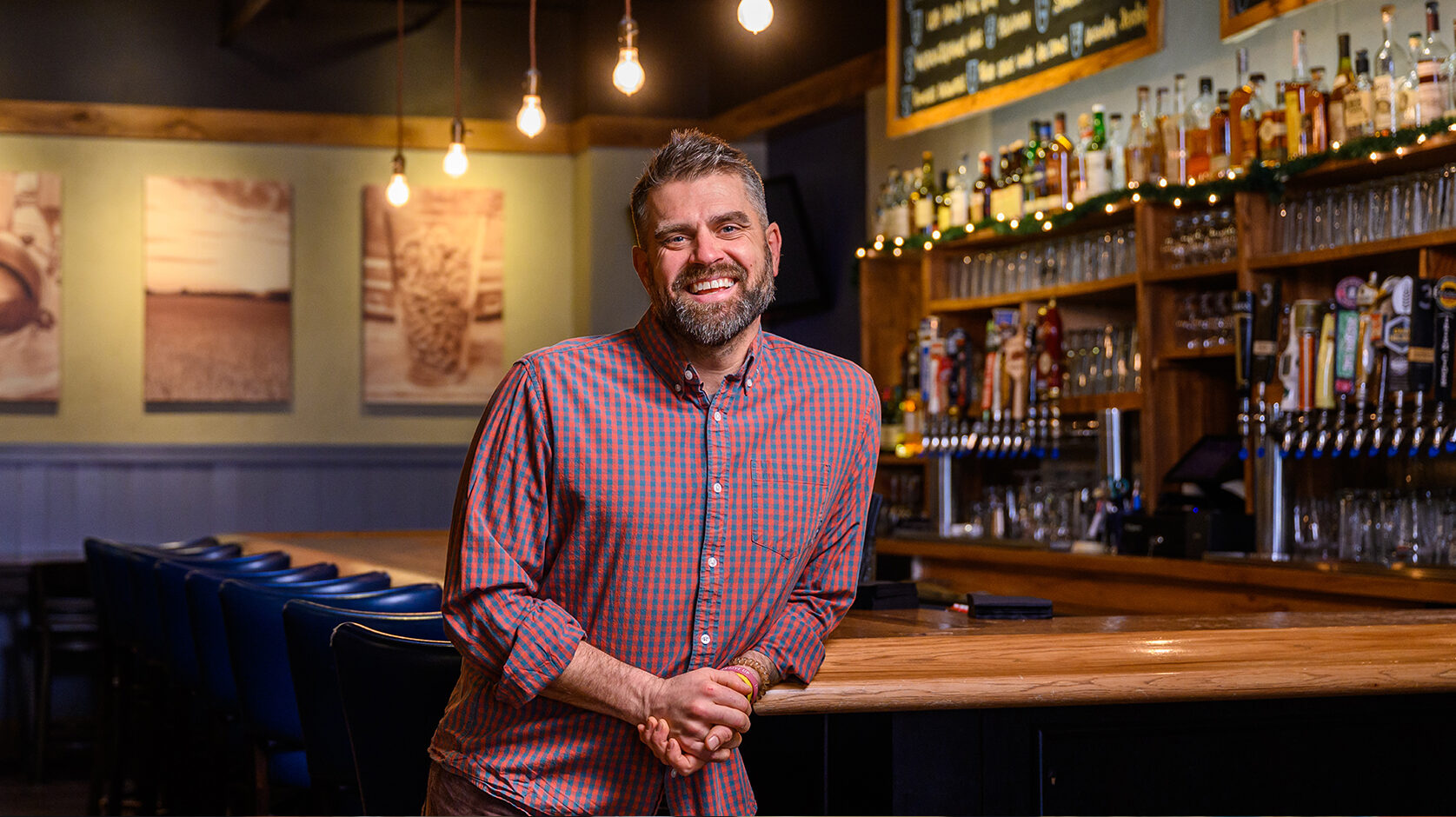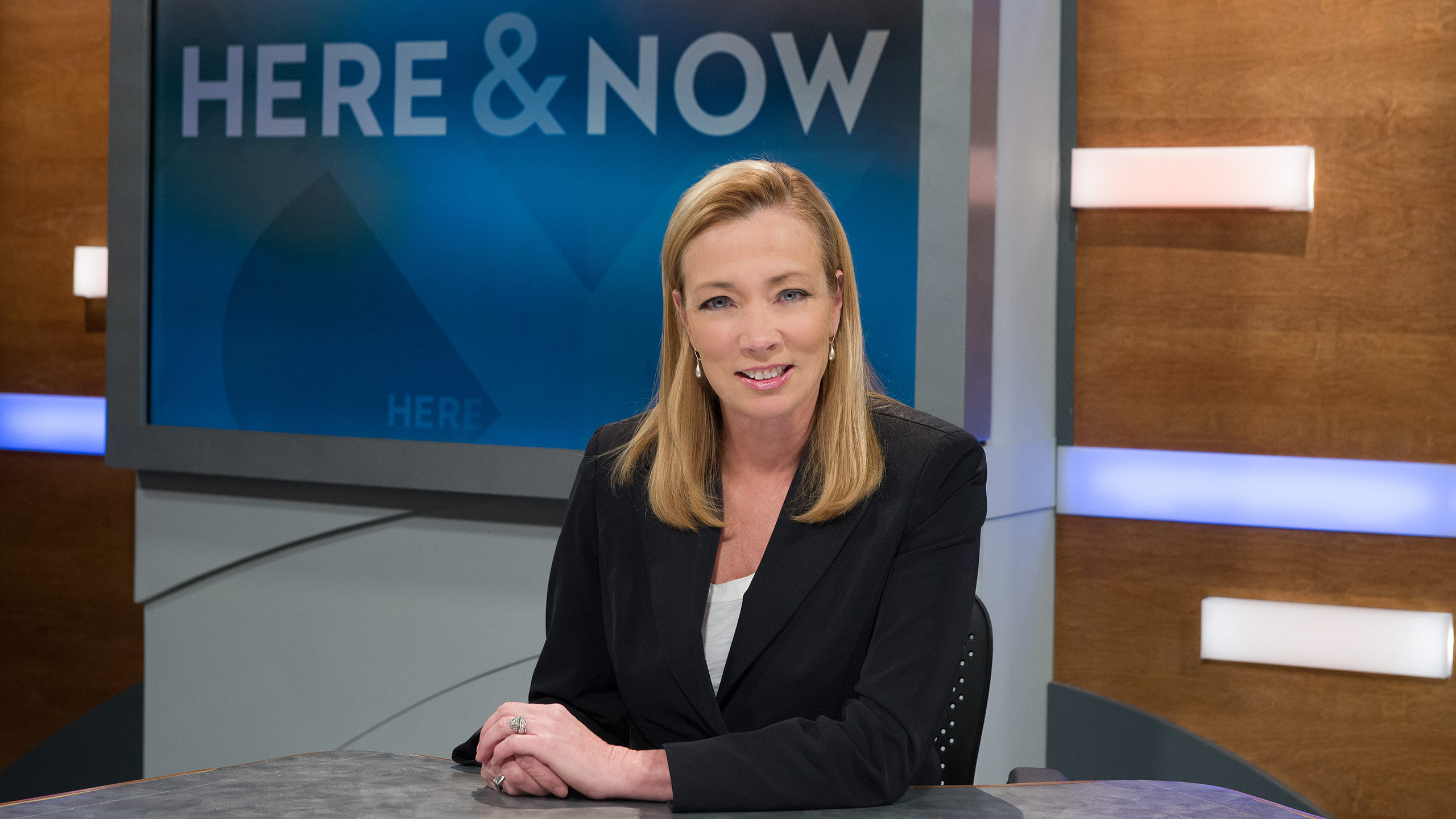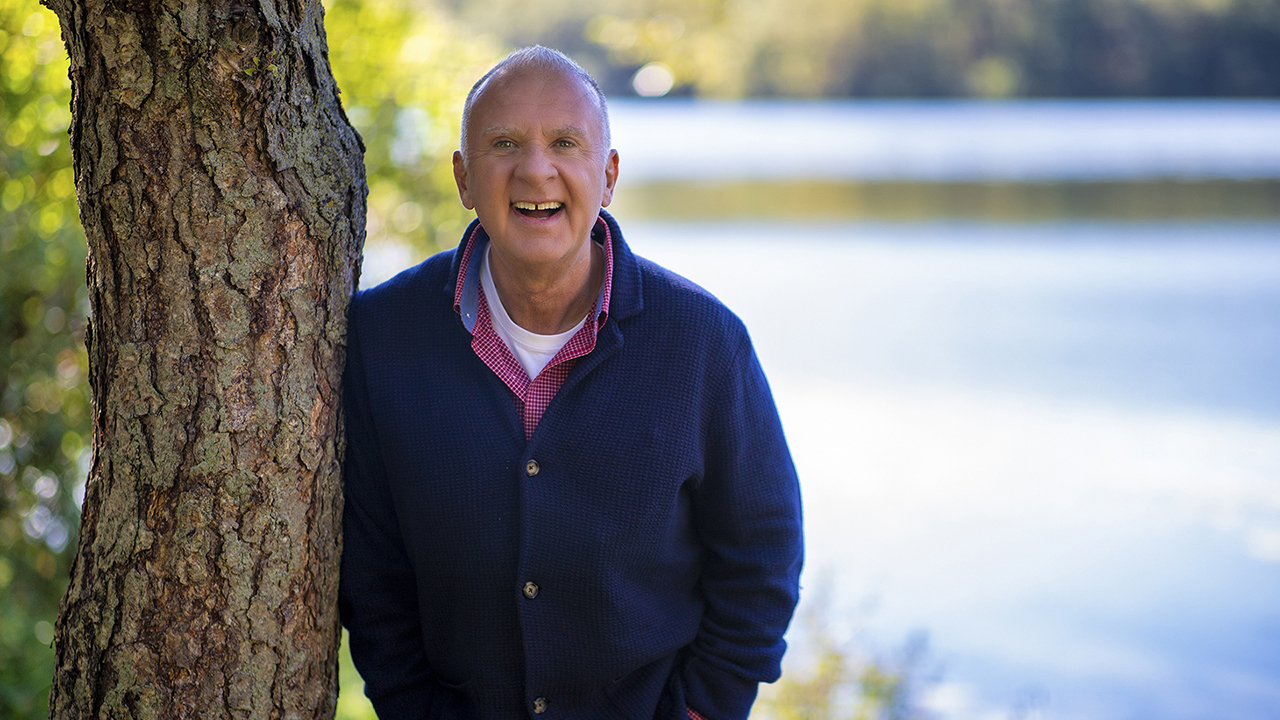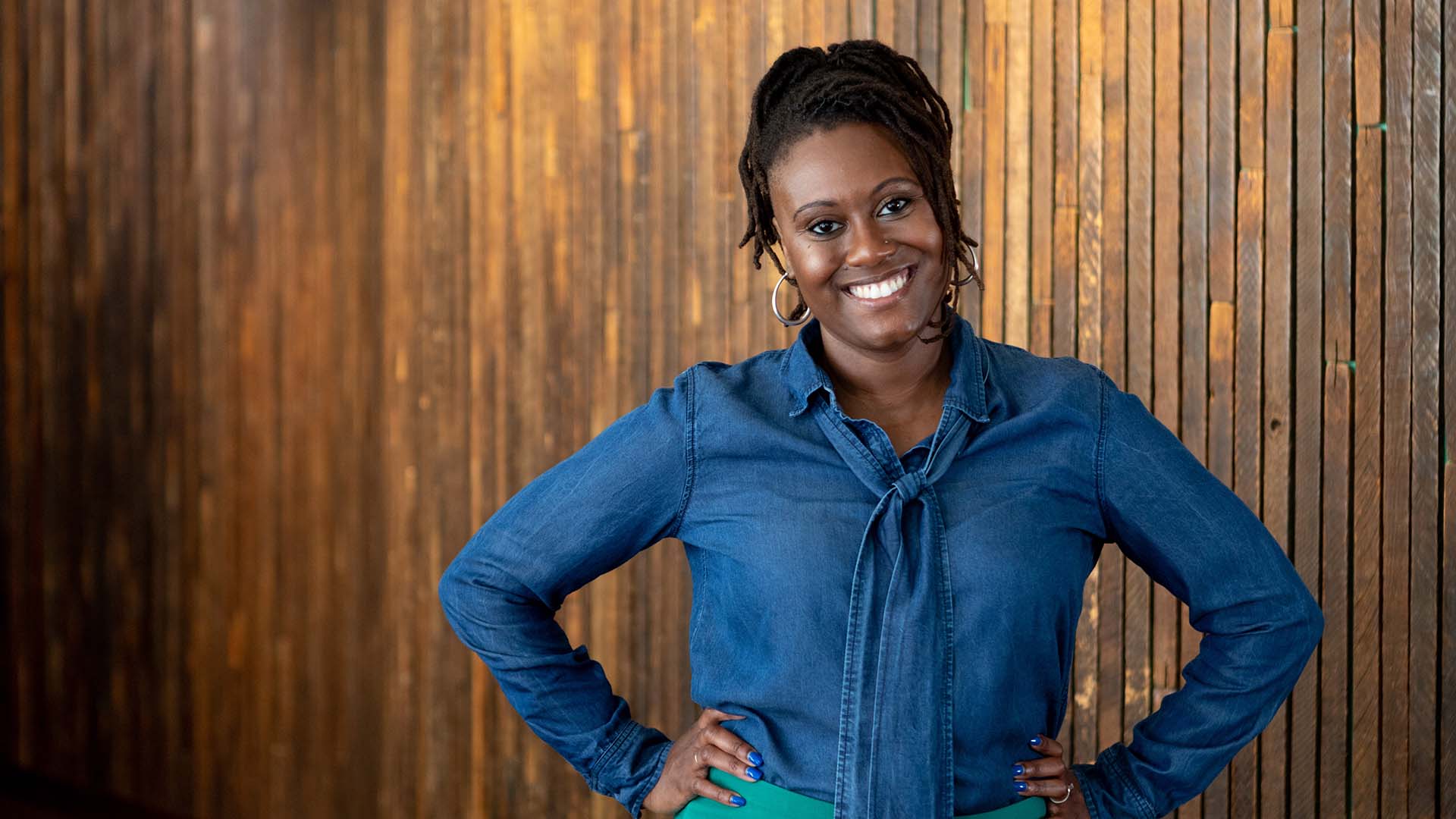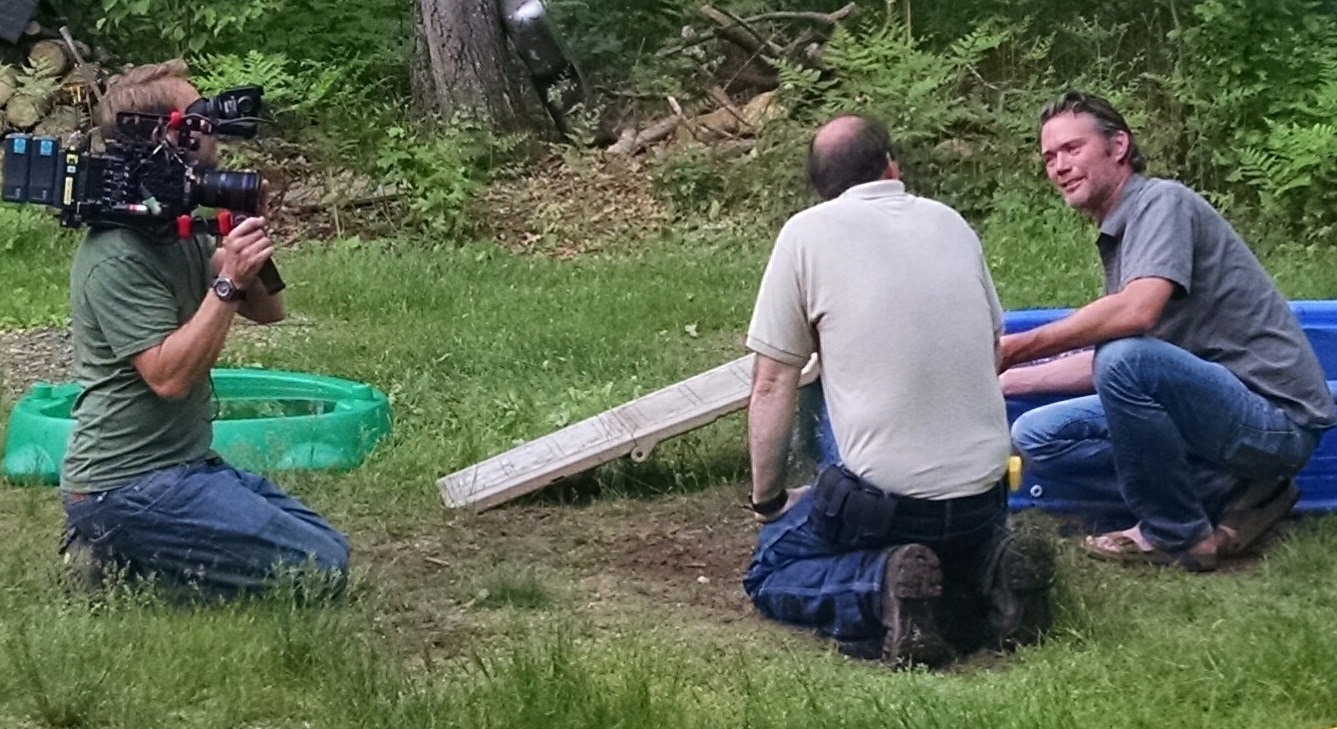Nature returns to Wisconsin with “Charlie and the Curious Otters”
October 25, 2017 Leave a Comment
 Two weeks, two episodes of Nature with Wisconsin ties… we swear this isn’t just an excuse to post adorable images of baby animals, but it sure is a good opportunity to do so!
Two weeks, two episodes of Nature with Wisconsin ties… we swear this isn’t just an excuse to post adorable images of baby animals, but it sure is a good opportunity to do so!
“Charlie and the Curious Otters” takes us to the Amazon, the UK, a crystal-clear river in Florida and the Wild Instincts wildlife rehabilitation center outside Rhinelander in Wisconsin’s Northwoods.
Read on to learn about this unique – and necessary – facility, and how renowned wildlife photographer Charlie Hamilton James discovered what baby otters need to get back into the wild.
Nature: Charlie and the Curious Otters aired 7 p.m. Wednesday, Oct. 25 on WPT. Check out the full episode below.
Wild Instincts is the only facility in Wisconsin licensed to take in any animal considered capable of rehabilitation by law. Partners Mark Naniot and Sharon Larson spent several decades working with injured wildlife before opening the center – with only a small garage and 16 acres of land – in 2011. Wisconsin Life radio producer Nancy Camden visited in 2015 as 15 orphaned bears were getting ready to return to the wild.
From Nature‘s site:
At Wild Instincts, Charlie is introduced to three orphan river otter pups and films their progress and training: from needing around the clock care and feeding, to being taught the crucial skills they will need in order to return to the wild. Despite the fact otters can swim nearly a quarter mile without coming up for air, baby otters do not start out as natural swimmers and they don’t really like water. So the center’s manager Mark Naniot assumes the roles of surrogate mother and teacher. Charlie films him coaxing the pups into a small pool for swimming lessons and later adding minnows which the orphans instinctively chase and catch.

Charlie Hamilton James (far left) speaks with Mark Naniot (second from left) as videographers film the release of three baby otters.
In the film, Naniot and others caring for the cubs make every effort to meet the otters’ needs without bonding with them. It would be easy to give the otters pet names, even just to aid in identification, but Naniot wants to make sure that the otters won’t develop the kind of attachment that precludes successful re-integration back into the wild.
“You’re still kind of Mum, aren’t you? But you’re a hands-off mum,” says Hamilton James.
Spoiler alert: in the end, the otters make a successful return to the woods. (As with many others, Larson says, the center made sure to leave prepared food out for them for several months, just in case they needed it. They didn’t, for the most part, but remained in the area until March.)
Viewers are there as the joyful release occurs.
“This is the accumulation of all of our efforts coming to the end,” says Naniot, watching the otters enjoy their first taste of freedom. “It’s the kind of moment we’ve been waiting for since we started. It gives you a lot of satisfaction to be able to see them out there swimming and doing what they’re doing, and knowing that you kind of had a chance to set it right from what went wrong in the first place.”
In 2016, they took in 841 different animals from 110 species; this year, they’ve already taken in 861 patients.
That includes birds of all sizes, snapping turtles, toads, snakes, voles and any other kind of wild animal you can imagine. Each species has specific standards of care, requiring different types of enclosures and food.
 The center is widely known for its otter rehabilitation. In addition to its location near several waterways, the center offers a 5,000-gallon otter pond – “Mark won’t tell you this, but he dug it by hand,” says Larson – and trail cameras that allow them to monitor animals even after they’ve officially left care. In the film, Naniot knows just what kind of noises to make to encourage the growing otters to get out of their enclosure and explore the world around them.
The center is widely known for its otter rehabilitation. In addition to its location near several waterways, the center offers a 5,000-gallon otter pond – “Mark won’t tell you this, but he dug it by hand,” says Larson – and trail cameras that allow them to monitor animals even after they’ve officially left care. In the film, Naniot knows just what kind of noises to make to encourage the growing otters to get out of their enclosure and explore the world around them.
So when producers from the BBC – the show aired in the UK as “Supercharged Otters” – were looking for filming locations, they got in touch. Wild Instincts was so busy that they nearly missed the opportunity entirely.
A wildlife rehabber in Georgia had sent a mass email in May looking for someone interested in filming. Wild Instincts was in the middle of baby season – when animals have the biggest chance of being orphaned, injured or found by well-meaning humans – and deleted the message. As Larson put it, “We are interested in the best care for the animals, not in becoming famous.”
It took several more emails and British-accented phone calls from the BBC Natural History Unit for the opportunity to sink in.
“If they hadn’t hounded us…” says Larson. “They sent us links to show us what they’d done in the past, how they filmed around the animals to minimize stress. Before we knew it, there was a British producer in Wild Instincts!”
On Saturday, Oct. 21, 133 people crowded into the Rouman Cinema in Rhinelander for a viewing party and fundraiser, raising nearly $2400 for the center.
Larson took a break from some of her many administrative tasks to speak with WPT about the experience.
How long were these three otters at the center?
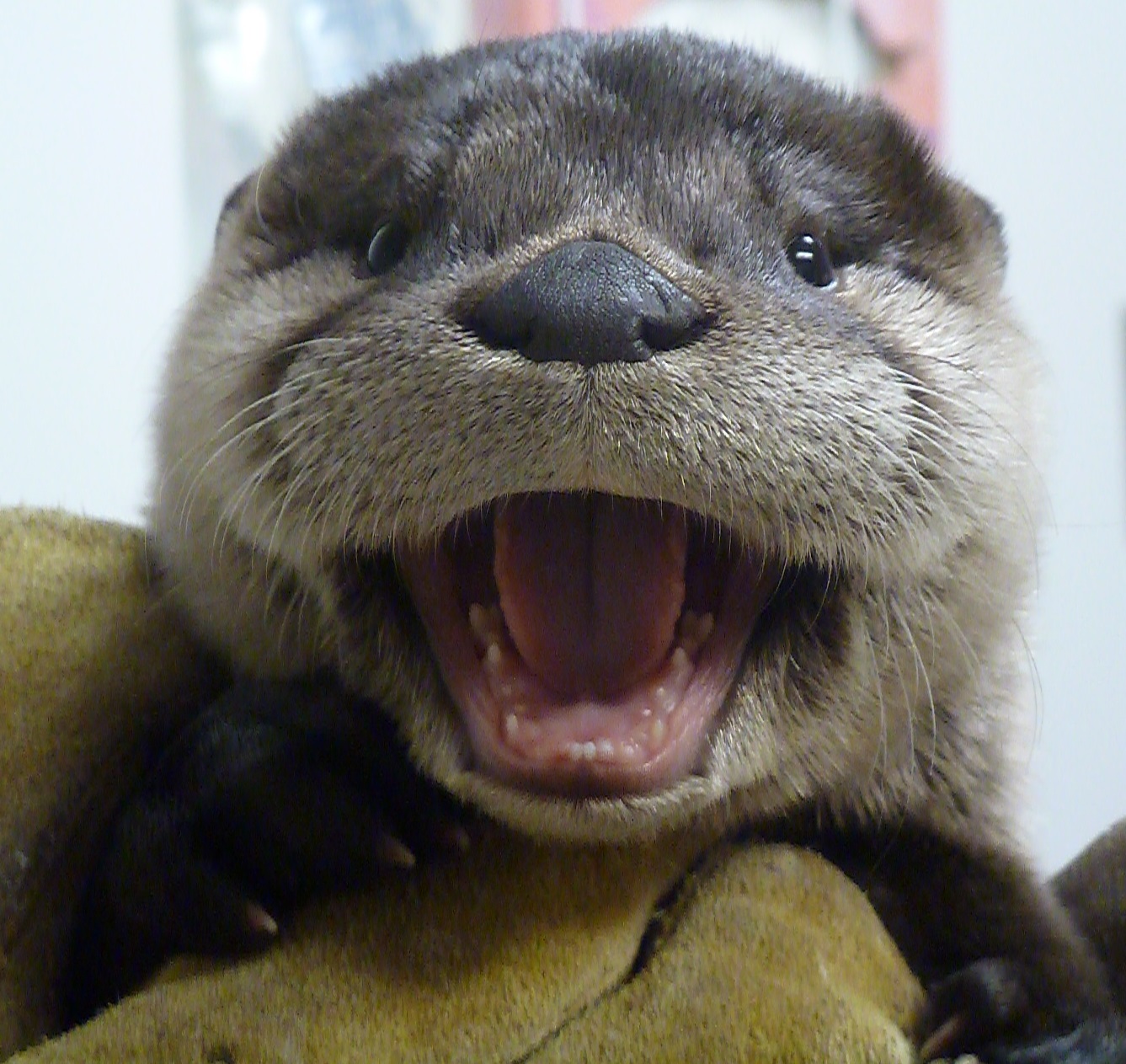 The three male otters in the documentary arrived in mid-April and remained at the center until their release on Sept. 30. Two brothers were unearthed by a construction crew; one other cub was abandoned by his mother.
The three male otters in the documentary arrived in mid-April and remained at the center until their release on Sept. 30. Two brothers were unearthed by a construction crew; one other cub was abandoned by his mother.
What was your experience like with the crew?
Three different crews were here – a couple crews from the UK and then two other videographers. They visited about five or six times, from June to September, 2016.
Read a local news story spotlighting the crews’ visits.
They were nice, personable people; we sat around a campfire and roasted hot dogs one night. They were very fun to work with, good sense of humor. Pretty neat to hobnob with the best of the best.
 Animal care always comes first, so we were concerned about having camera crews in the middle of the chaos of Baby Season. All of the different videographers were very respectful and listened to what we asked.
Animal care always comes first, so we were concerned about having camera crews in the middle of the chaos of Baby Season. All of the different videographers were very respectful and listened to what we asked.
They share some of the same values we do. It wasn’t just about getting the picture; it was about taking care, educating the public and making sure we have these animals around into the future.
The crew was mostly British, correct? How was their experience in northern Wisconsin?
They hadn’t been to northern Wisconsin before, but interestingly enough, Charlie Hamilton James is a National Geographic photographer, and there happens to be another Nat Geo photographer up in the Northwoods. Charlie told us they went out to dinner one night; we said, “What?”
Very important: did they see the Hodag?
Yes!
How have you built up all the knowledge necessary to care for such a huge variety of wild animals?
There isn’t a school; it’s all research. Mark’s also an instructor for IWRC [the International Wildlife Rehabilitation Council], so he teaches classes as well. You’re always learning and improving. Way back in the day, we didn’t know a whole lot about wild animal nutrition, so we were trying to tweak cow’s milk to make it better. Then they started doing analysis on other species’ milk, so now we can provide the kind of protein and fat content each animal needs. The field is always changing, like any medicine and nutrition-based field.
It’s a nice blend of veterinary science on one end – nutrition, drugs, health – and on the other end you need to know all the licensing requirements and what each species needs for its daily living, its habitat, and the timing of those needs.
What do you hope viewers will learn about otters and other wildlife by watching this program?
We need to learn to all live together. If something goes wrong, we have a chance to set it right. Sometimes people do things on purpose; sometimes people do things by accident, and sometimes people do things without thinking or caring. All that affects the whole web of life. Most of the time, we have a responsibility to try to fix that if we can. We need to take responsibility for this earth – the one we have.
All photos in this post used courtesy of Wild Instincts.
Want to support Wild Instincts and their efforts? Visit them on Facebook; check out their Wish List; make a gift honoring someone you love.
Remember: if you care, leave them there! If you find a wild animal, call a rescue center before getting involved. No matter where you are, you can find a wildlife rehabilitator near you. Visit Animal Help Now on the web, use their app on your mobile device or check out the Humane Society’s list.
Wisconsin Life PBS public television Wisconsin Public Television Wisconsin Public Television Nature Wildlife Documentary
 Passport
Passport